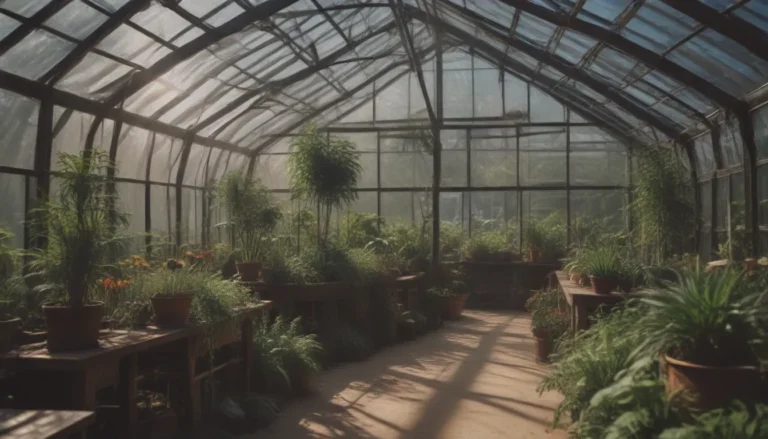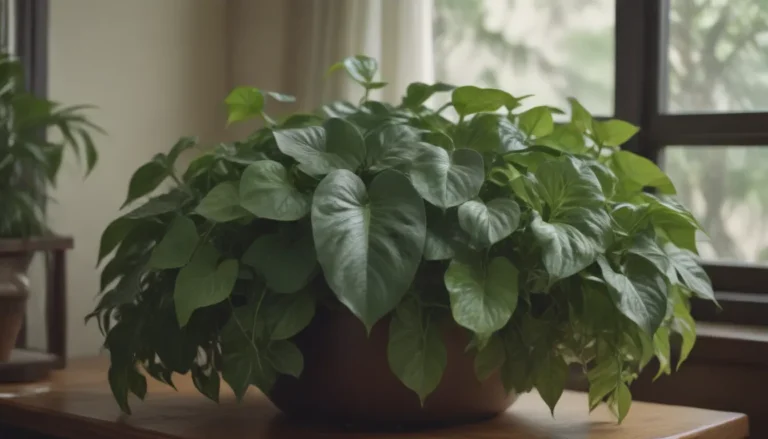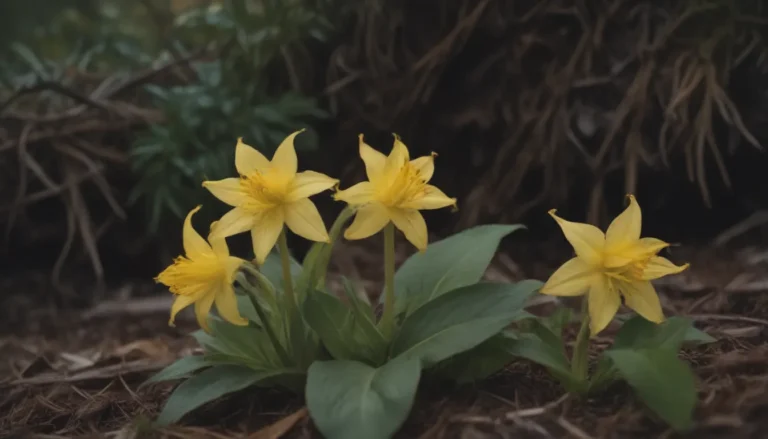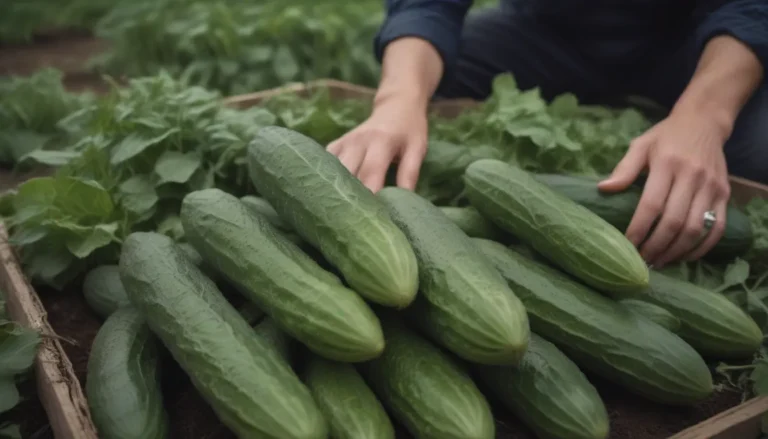Ultimate Guide on Growing and Caring for Golden Barberry
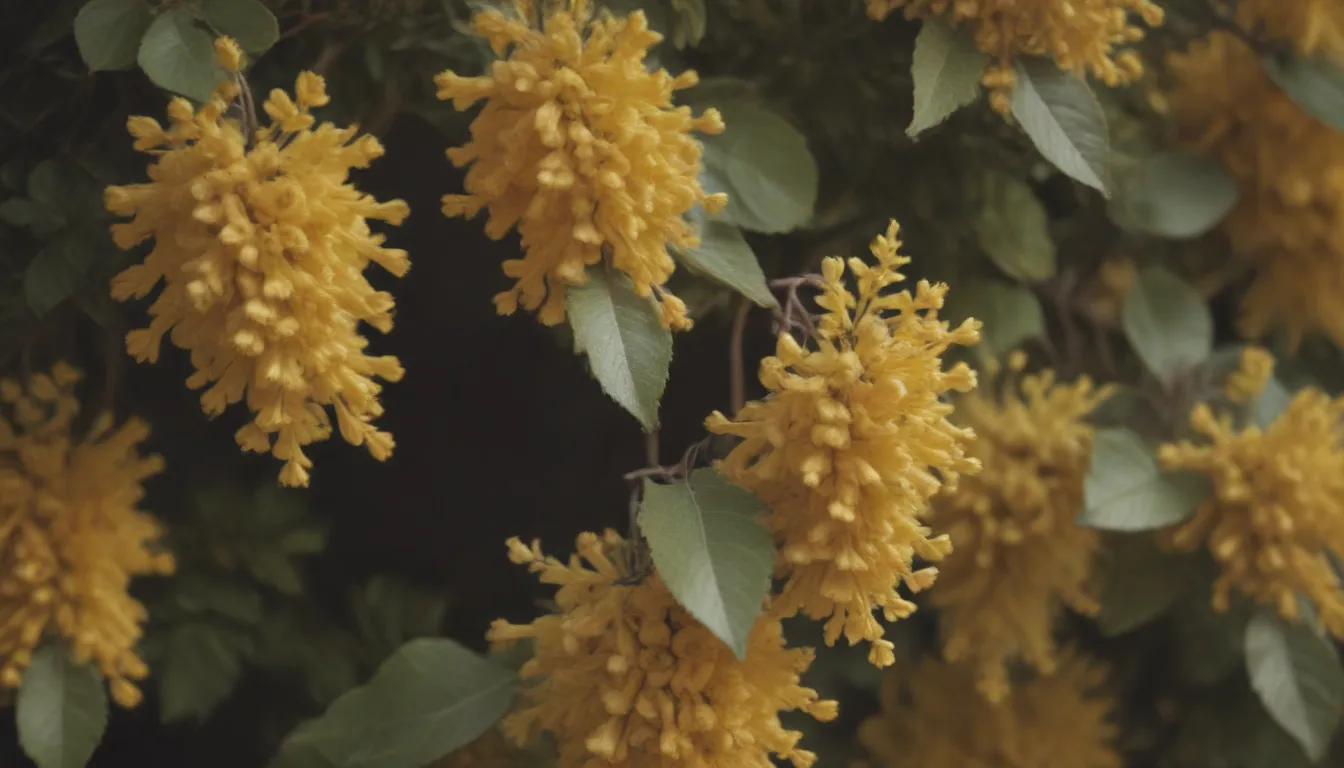
Are you looking to add a pop of color to your garden? The Golden barberry bush might be just what you need! This deciduous shrub is not only compact and adaptable but also very hardy, making it an excellent choice for any garden. With its striking yellow foliage year-round, the Golden barberry is sure to make a statement in your landscaping. In this comprehensive guide, we will explore everything you need to know about growing and caring for Golden barberry bushes in your garden.
Understanding the Golden Barberry
The Golden barberry (Berberis thunbergii ‘Aurea’) is a popular named cultivar of the Japanese barberry. Known for its vibrant yellow foliage, this shrub is a favorite among gardeners looking to add a touch of color to their outdoor space. Unlike other Japanese barberry cultivars, the Golden barberry produces fewer fruits and seeds, making it a less invasive option. However, it’s important to note that the stems of the Golden barberry are thorny, so it may not be suitable for gardens with young children or pets.
Benefits of Golden Barberry:
- Compact and adaptable
- Very hardy
- Striking yellow foliage
- Fewer fruits and seeds
When planting the Golden barberry, it is best to choose a location that receives plenty of sunlight. While this shrub can thrive in most conditions, it does not tolerate waterlogged soil. Plant the shrub at the same depth it was growing in its nursery container and ensure it gets at least six hours of direct sun a day for the brightest coloring.
Golden Barberry Care Tips
Taking care of your Golden barberry is relatively straightforward, as these shrubs are robust and versatile. Here are some essential care tips to help your Golden barberry thrive:
Light:
- Thrives in full sun
- Also manages well in partial shade
- Brightest coloring with at least six hours of direct sun a day
Soil:
- Not fussy about soil type
- Does well in dry and moist soils
- Avoid waterlogged soil
Water:
- Drought-tolerant
- Requires a moderate amount of moisture
- Be cautious not to overwater
Temperature and Humidity:
- Hardy in USDA zones 4 to 7
- Tolerates both dry and humid conditions
- Watch out for high humidity and poor air circulation
Fertilizer:
- Minimal fertilizer needed
- Apply in early spring before new growth starts
- Fertilize every second or third year for established shrubs
Types of Japanese Barberry
In addition to the Golden barberry, there are several other named cultivars of Berberis thunbergii available in the market. Some popular varieties include ‘Crimson Pygmy’, ‘Gold Pillar’, ‘Orange Rocket’, and ‘Fireball’. These cultivars come in various foliage colors, from reddish to yellow-green, adding diversity to your garden.
Pruning Tips for Golden Barberry
While the Golden barberry is a compact and slow-growing shrub, it may require occasional pruning to maintain its shape. Here are some pruning tips for your Golden barberry:
- Remove up to one-third of old branches for shaping
- Prune in early spring as new growth starts
- Shape shrubs wider at the base for sunlight penetration
- Consider “pick pruning” for hedge maintenance
Propagating and Potting Golden Barberry
If you want to propagate additional Golden barberry shrubs, the best method is to do so from cuttings. Late spring or summer is the ideal time for taking cuttings to ensure successful propagation. While propagating from seed is possible, it may result in plants with different foliage colors, so it’s not commonly recommended.
When it comes to potting Golden barberry, choose a large and broad pot to accommodate its mature size. These thorny shrubs are not fun to repot, so it’s best to use a large pot from the start. Regular watering and feeding are necessary for potted specimens, and be mindful of the thorny stems when choosing a location for your potted Golden barberry.
Overwintering and Common Pests
Golden barberry is a hardy shrub that generally doesn’t require winter protection, but it may be susceptible to feeding by rabbits. Ensure to protect the shrub from hungry rabbits by using a hardware cloth cage. While Golden barberry has minimal pest and disease problems, occasional issues include fungal leaf spot and root rot, which can be managed with proper care.
Wrapping Up
In conclusion, the Golden barberry is a beautiful and versatile shrub that can add a splash of color to any garden. By following the care tips outlined in this guide, you can ensure that your Golden barberry thrives and remains healthy for years to come. Whether you’re looking to create a vibrant hedge, a protective screening plant, or a striking focal point in your garden, the Golden barberry is an excellent choice. With its compact size, striking yellow foliage, and hardy nature, the Golden barberry is sure to make a statement in your outdoor space. Happy gardening!
